Making sure that search engine crawlers are finding the right bits of code to understand what your pages are about is critical in your efforts to rank well on SERPs.
Meta tags are the best way to nail this, but if you’re not a software developer or well versed in HTML, then it’s pretty easy to get lost when trying to execute the practice.
We’ll cover how to add meta tags to your pages on the major CMS platforms, taking the confusion out of helping your SEO.
Why Meta Tags Matter
Meta tags describe a webpage inside the page’s HTML coding, providing context to search engine crawlers who are trying to understand the page’s purpose.
These short descriptions don’t actually appear on the page. They hide within the code quietly, like a whisper that only search engines can hear.
They’re incredibly beneficial to your SEO actually. Once a search engine is able to identify the context of a webpage, it’ll be able to determine whether or not to list your page as a result to a user based on their intent.
It’s important that you be picky with your tags, though. If you just throw in a bunch of irrelevant meta tags, then search engines will write you off as unhelpful and you’ll never get anywhere.
Every CRM has a unique means of editing their HTML, CSS, and meta information. We've broken down the steps for the top three most popular CRMs on the market right now.
How to Add Meta Tags to HubSpot
1. Go to Your Landing Pages or Website Pages.
In the navigation bar, locate your landing pages or website pages under the Marketing -> Website tab.
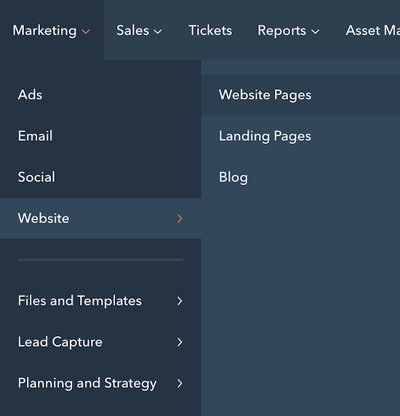
2. Select the Page You Want.
In the list of your pages, pick the one you're looking to add tags to. Select the edit option.

3. Go to Settings.
At the top of the page editor, click the Settings tab. Under the "Additional Options," find "Additional code snippets."

4. Enter Your Meta Tags.
Enter your meta tags into the header HTML box.
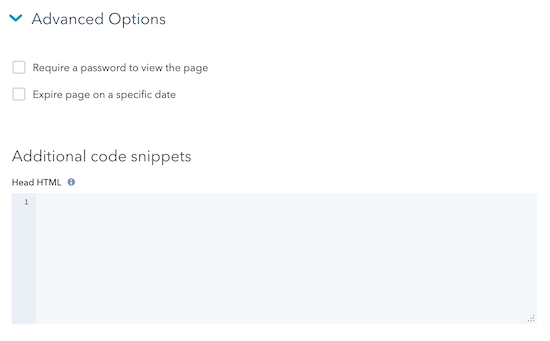
How to Add Meta Tags to Wix
1. Go to Site Editor.
On your website's dashboard, click on the "Edit Site" button.
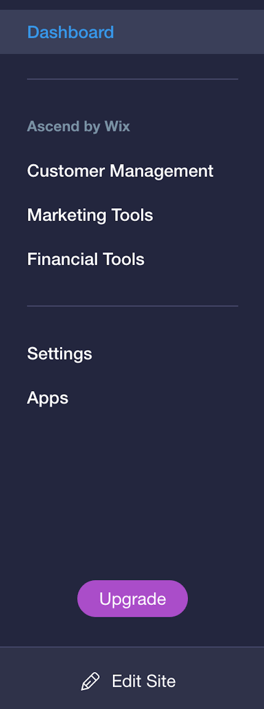
2. Click on Menus & Pages.
In the hovering menu on the left side, find the Menus & Pages menu.
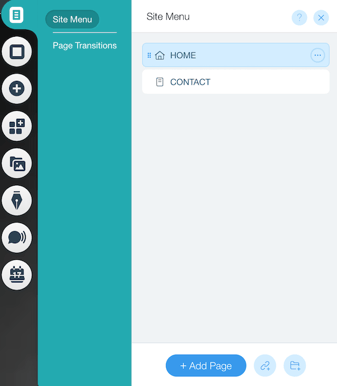
3. Open Page Settings.
Hover over the page you want, press the Show More icon, and select Settings from the menu.
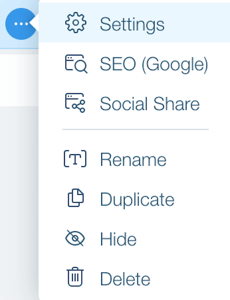
4. Click the Advanced SEO Tab.
Scroll through the tabs to the Advanced SEO button. It will open up to your SEO features.
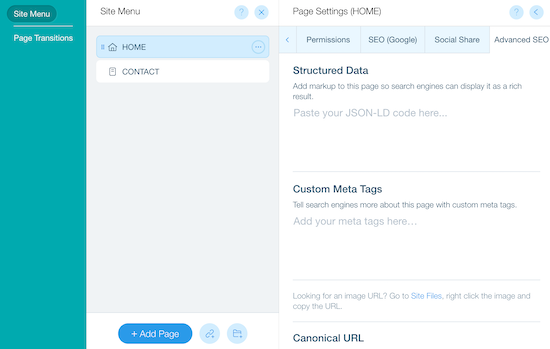
5. Enter Your Meta Tags.
Enter your meta tags into the Custom Meta Tags field.
Adding Meta Tags to WordPress
WordPress is a little less straightforward than the other two CMSs. In order to implement meta tags, you'll need to download a plugin for your website.
Each one's steps to add the tags are a bit different, so it's important to do your research and find one that suits your business best.
We found the top three best plugins to use for your website:
Yoast SEO
Yoast SEO is widely used and considered the best SEO plugin available right now. It provides space to add meta data at the bottom of every page and blog post.
The plugin offers a lot more features on top of this to help optimize your website to the best it can be.
The SEO Framework
A little less feature heavy than Yoast SEO, The SEO Framework prioritizes meta tag information above all else.
Its interface is pretty basic, making it a great option for those who aren't professional developers.
All In One SEO Pack
All In One SEO Pack generates meta tags automatically and you can edit them however and whenever you like, which is a useful feature for those who might forget to check their code before going live.
Most of their default settings are set to enhance page SEO performance from the moment the plugin is activated, but you can customize them however you wish.
Meta tags have such an impact on your site's SEO. Make sure your webpages are at the top of their game by keeping up to date on meta tag best practices and how your platform works with them.


Micah Lally
I’m a Content Writer at Bluleadz. I’m a big fan of books, movies, music, video games, and the ocean. It sounds impossible to do all of those at the same time, but you’d be surprised by the things I can accomplish.